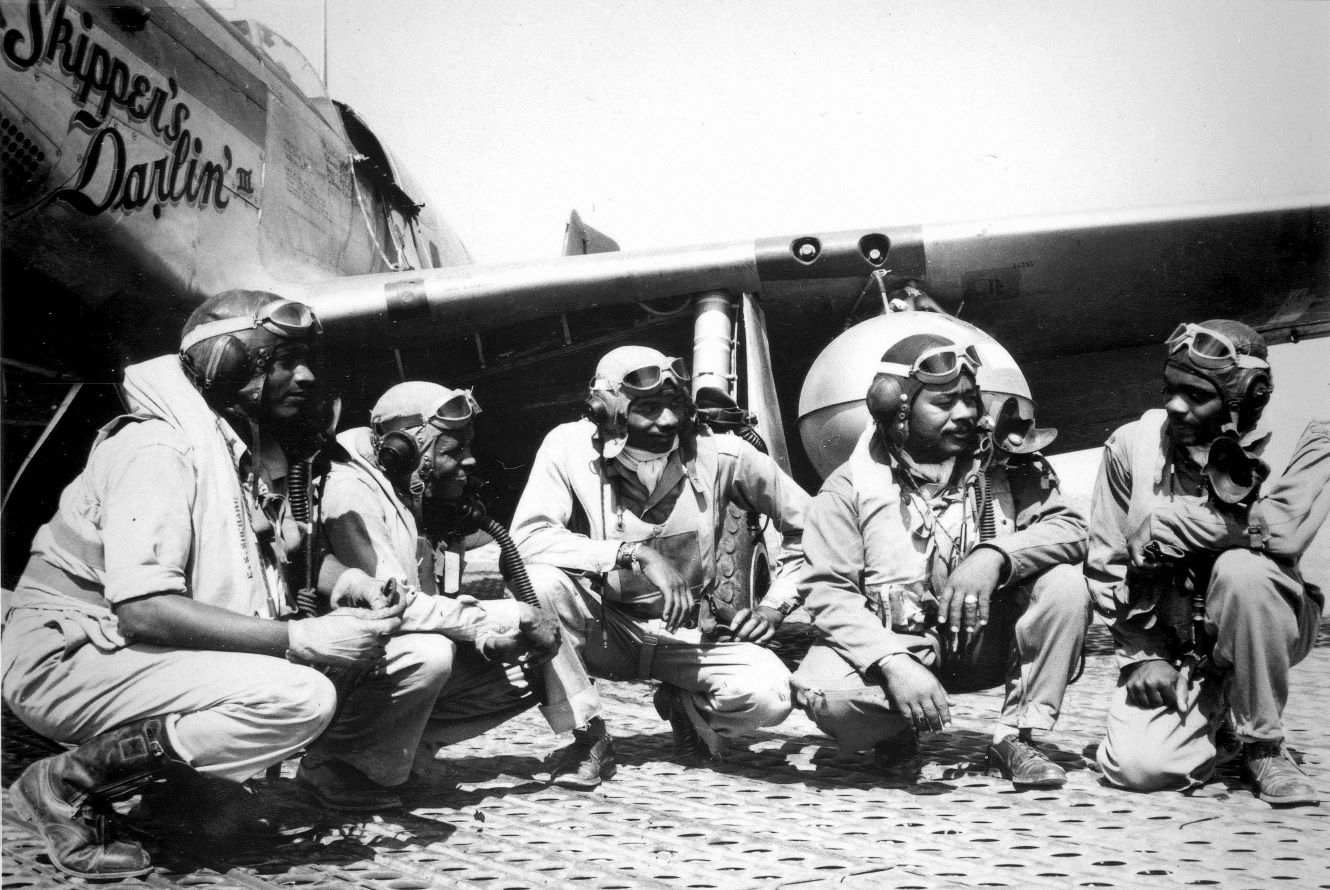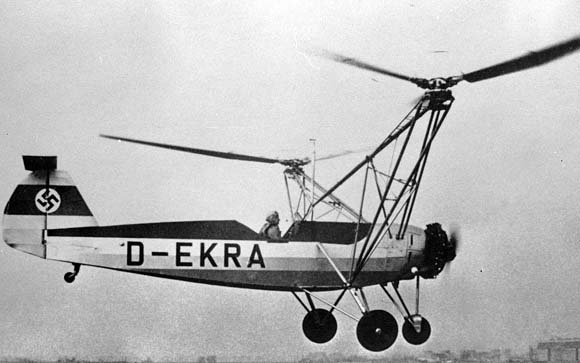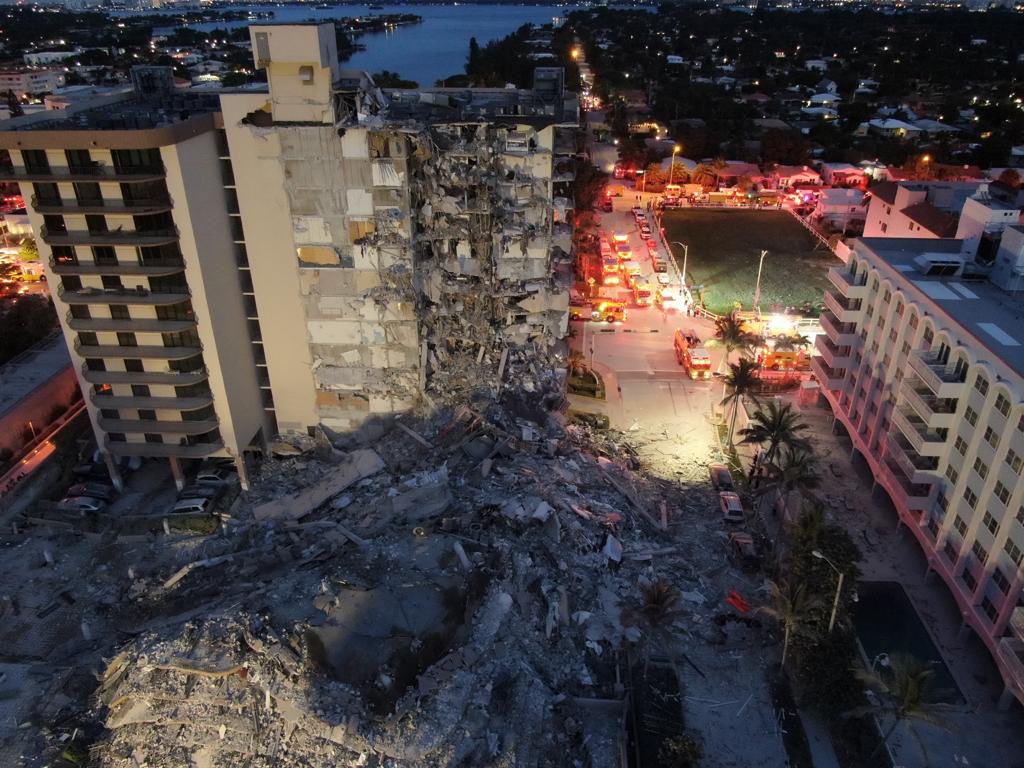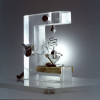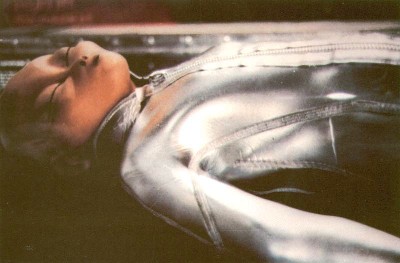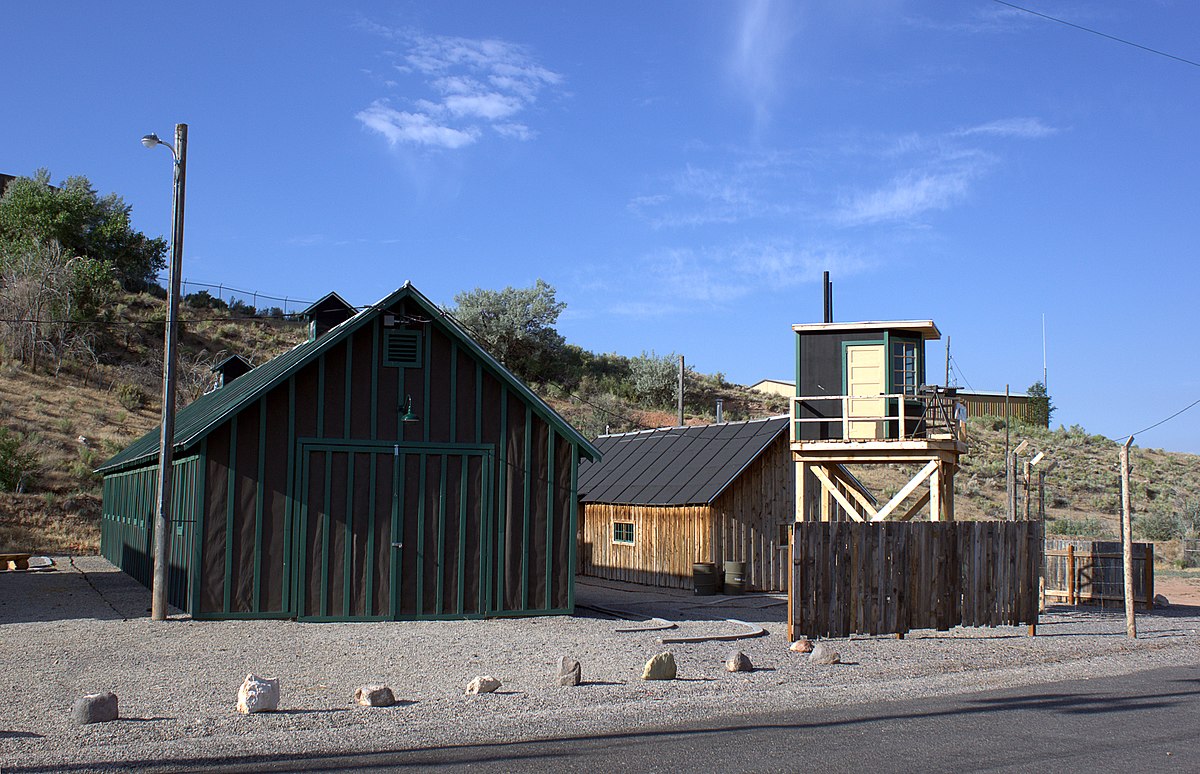ChingOwn
Well-Known Member
Juneteenthhttps://en.m.wikipedia.org/wiki/Juneteenth#cite_note-3 (officially Juneteenth National Independence Day and historically known as Jubilee Day,[2] Black Independence Day,[3] and Emancipation Day[4][5]) is a federal holiday in the United States commemorating emancipation of enslaved African Americans. It is also often observed for celebrating African American culture.[6] Originating in Galveston, Texas, it has been celebrated annually on June 19 in various parts of the United States since 1866. The day was recognized as a federal holiday on June 17, 2021, when President Joe Biden signed the Juneteenth National Independence Day Act into law.[7][8][9] Juneteenth's commemoration is on the anniversary date of the June 19, 1865, announcement of General Order No. 3 by Union Army general Gordon Granger, proclaiming freedom for enslaved people in Texas.[10]


